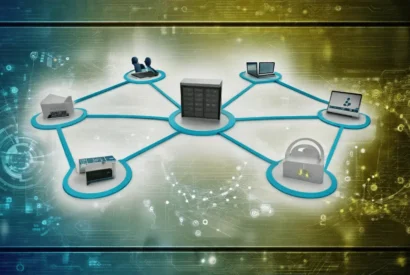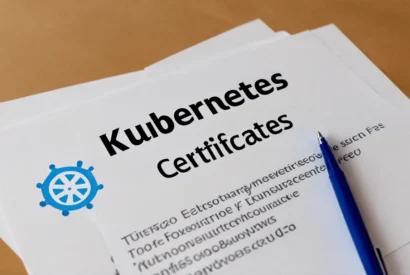Skip to content
Tag: openssl
-
Connect kubectl to private Kubernetes cluster in EKS and AKS
ReadManaged Kubernetes services give user a cluster endpoint and a number of worker nodes, with the choice. For each access, users have the choice of…
-
Automatic deployment of Orthanc on AWS
Read[Update] I changed reverse proxy from Nginx to Envoy. Here‘s the detail. [Update] Some security improvement was introduced in may 2021. Here‘s detail. [Update] Here’s…



